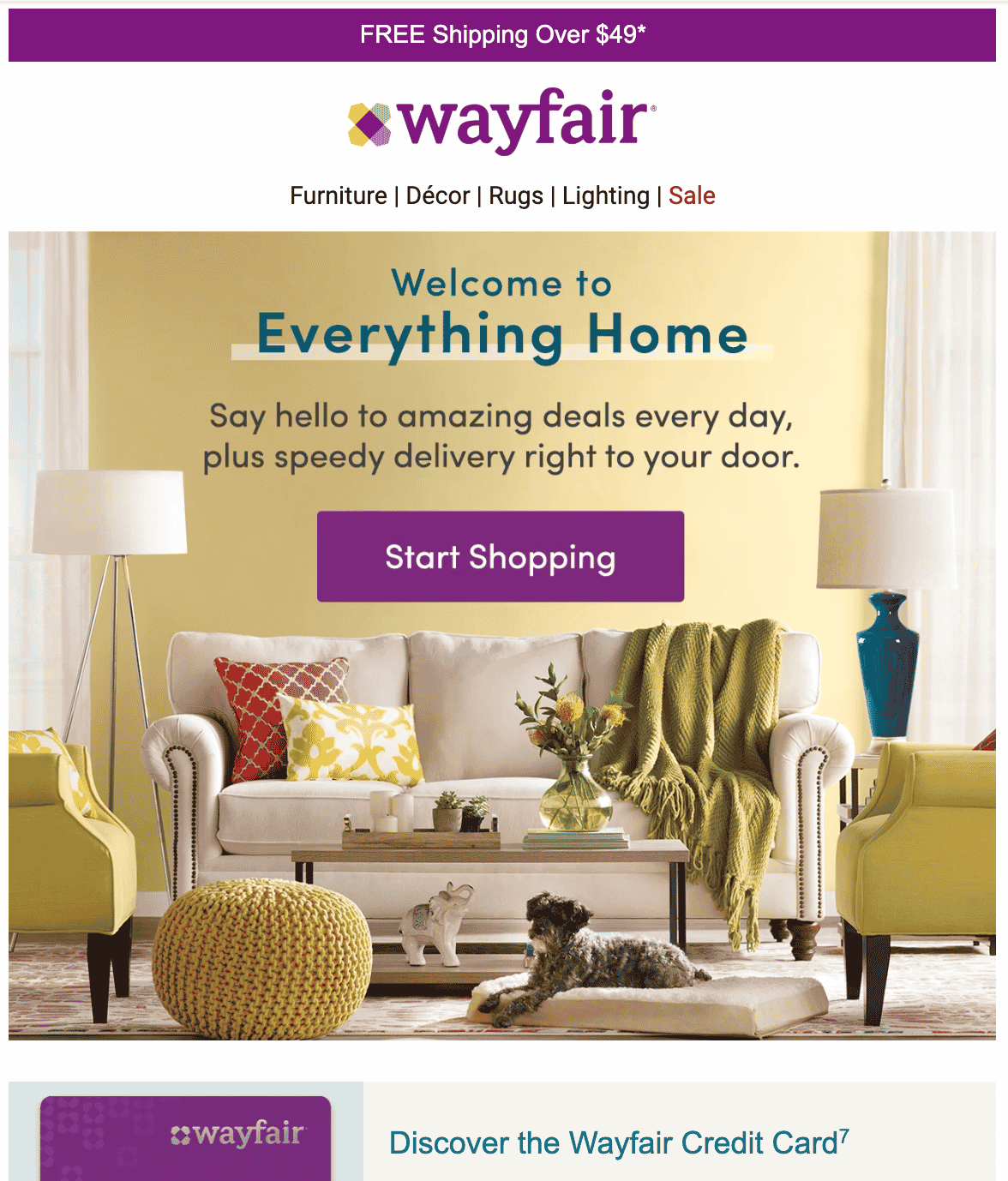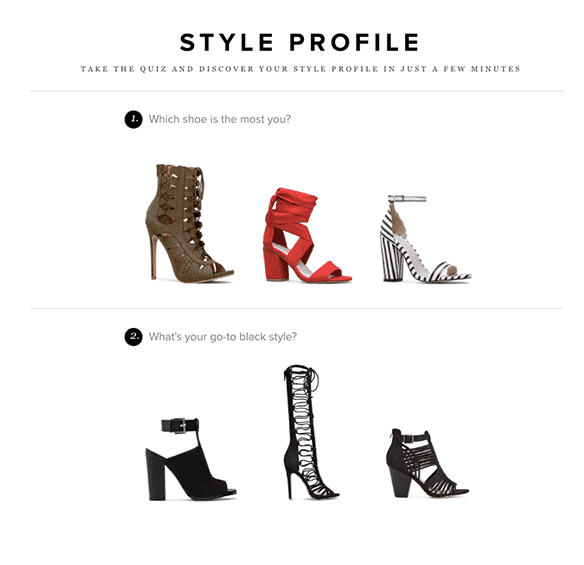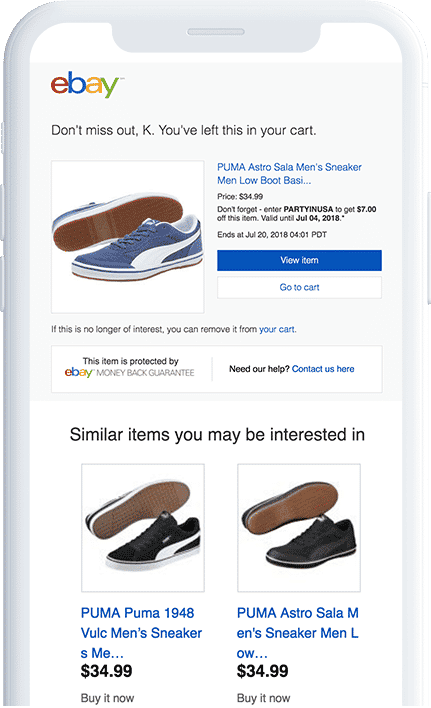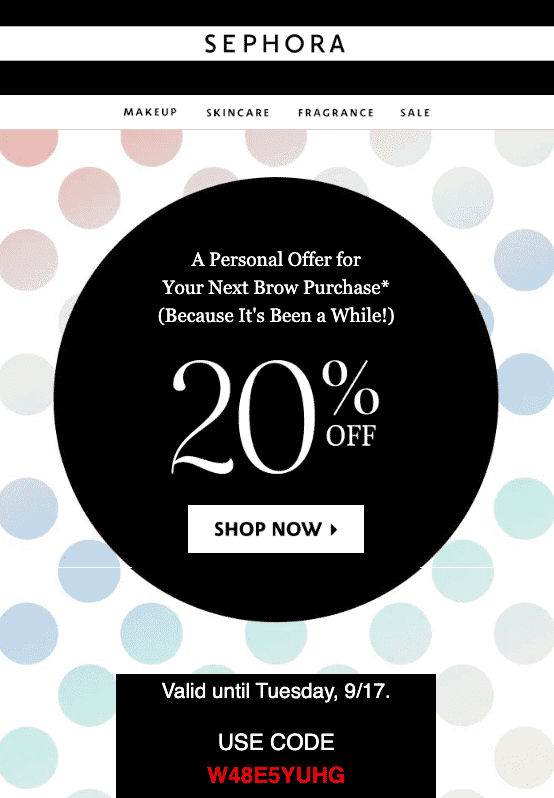Article
Pulling the Trigger on Personalization: The Missed Opportunities in Trigger‑Based Email Marketing
October 9, 2019

Far more in-depth than the original iteration, Marigold Engage by Sailthru’s third annual Retail Personalization Index involved the exhaustive analysis of more than 250 brands and an accompanying customer satisfaction survey of 1,500 people. One thing that impressed us across the board was retailers’ commitment to personalized experiences on their websites. Of the top 100, 81% of brands had an above average score in the website category. Even retailers that failed to crack the top 100, like RevZilla and DermStore, performed well in that category.
If only retailers paid the same amount of attention to email. According to the Data & Marketing Association, email marketing has a median ROI of 122%, four times higher than any other channel. The organization also found that triggered messages drive more than 75% of that revenue.
It makes total sense to us. Countless studies have shown that consumers prefer personalization from brands, both in terms of communications and recommendations. Triggered messages can often be the first chance marketers have to show off their personalization chops. Unlike batch-and-blast email marketing campaigns that go out to everyone regardless of relevance, these messages — which include welcome, cart abandonment and post-purchase emails — are generally responses to a specific behavior.
Just as we were impressed with retailers’ onsite personalization, we were disappointed by how few of them are making the most of their triggered messages.
Starting Email Marketing off with a Warm (and Personalized) Welcome
Sequentially, the first triggered message is typically a welcome email retailers send after a consumer signs up for their mailing list, downloads their app or makes their first purchase. These messages have both unusually high open and conversion rates. Compared with other forms of email marketing, welcome messages have 86% higher open rates and generate nine times as many transactions.
In many cases, welcome emails can be more personalized. Just about every sign-up form asks consumers about themselves. However, they don’t all utilize that data to make their welcomes both warm and personalized.
Using sign-up data to personalize the welcome messaging is a particular strength we noticed among the top performers. The TechStyle brands — JustFab, ShoeDazzle and Fabletics — all give new shoppers a style quiz. While having too many questions to answer can turn a customer off (this is often a factor in cart abandonment, which we’ll get back to) TechStyle’s questionnaire is ultimately about adding value. By sharing their sizes, style preferences and even which celebrities they admire, customers are paving a path for personalization.
This tactic allows the brands to make far more relevant recommendations. eMarketer recently published research that found that 91% of consumers ignore emails from retailers; for half of them, irrelevant product recommendations.
Adding to the Cart Abandonment Email
Cart abandonment is a common triggered message — as it should be. Most online shopping carts are abandoned, a particularly large problem for apparel brands. For whatever reason, the shopper didn’t purchase right then and there. It’s possible they got distracted, but it’s equally likely that they had a fleeting interest that can be rekindled.
Another reason cart abandonment messages are a popular trigger? They work. According to SaleCycle, nearly half of these emails are opened and more than a third of clicks lead to purchases. Additionally, when a cart abandonment email’s subject line mentions the product, that can increase open rates by 40%.
The path to purchase often involves an extra incentive. That typically means a discount, like eBay’s, which is also personalized and contains additional product recommendations.
However, most of the brands in the Sailthru 100 failed to nail this tactic. Half the retailers we evaluated even send abandoned cart emails; just 20% contain personalized discounts, offers or messaging. Among the top 25, 84% send cart abandonment emails, 40% of which have personalized offers.
Winning with Winback Messages
Given the ubiquity of abandoned carts, those emails are (or should be) a no-brainer. Winback messages are less obvious. Triggered messages are behavior-based, but for all intents and purposes, doing nothing is also a behavior. These re-engagement email marketing campaigns target those customers who shopped with you or opened your emails… until they didn’t.
This is another missed opportunity. After all, it’s far more expensive to acquire a new customer than it is to re-engage an old one. Plus, SumAll research shows that if someone bought from you once, they’re 27% more likely to make another purchase.
Maybe you went wrong somewhere and winback messages give you the opportunity to figure out where — and how you can get back in the customer’s good graces. You can also let them know what they’re missing, jogging their memory about why they liked you to begin with.
Still, very few retailers in the Sailthru 100 do so. Even toward the top of the list, only 20% of the top 25 retailers send winback messages.
Sephora isn’t one of them. The three-time Index champion this masterfully. The beauty giant’s winback messaging mentions a product that hadn’t been purchased in a while, really zeroing in on personalization. And if our Retail Personalization Index research has shown us anything, it’s that triggered messages and personalization are a winning combination.
Learn more from Sailthru about email marketing automation and email acquisition strategy here.
The State of Brand Loyalty in the U.S. in 2023
Related







